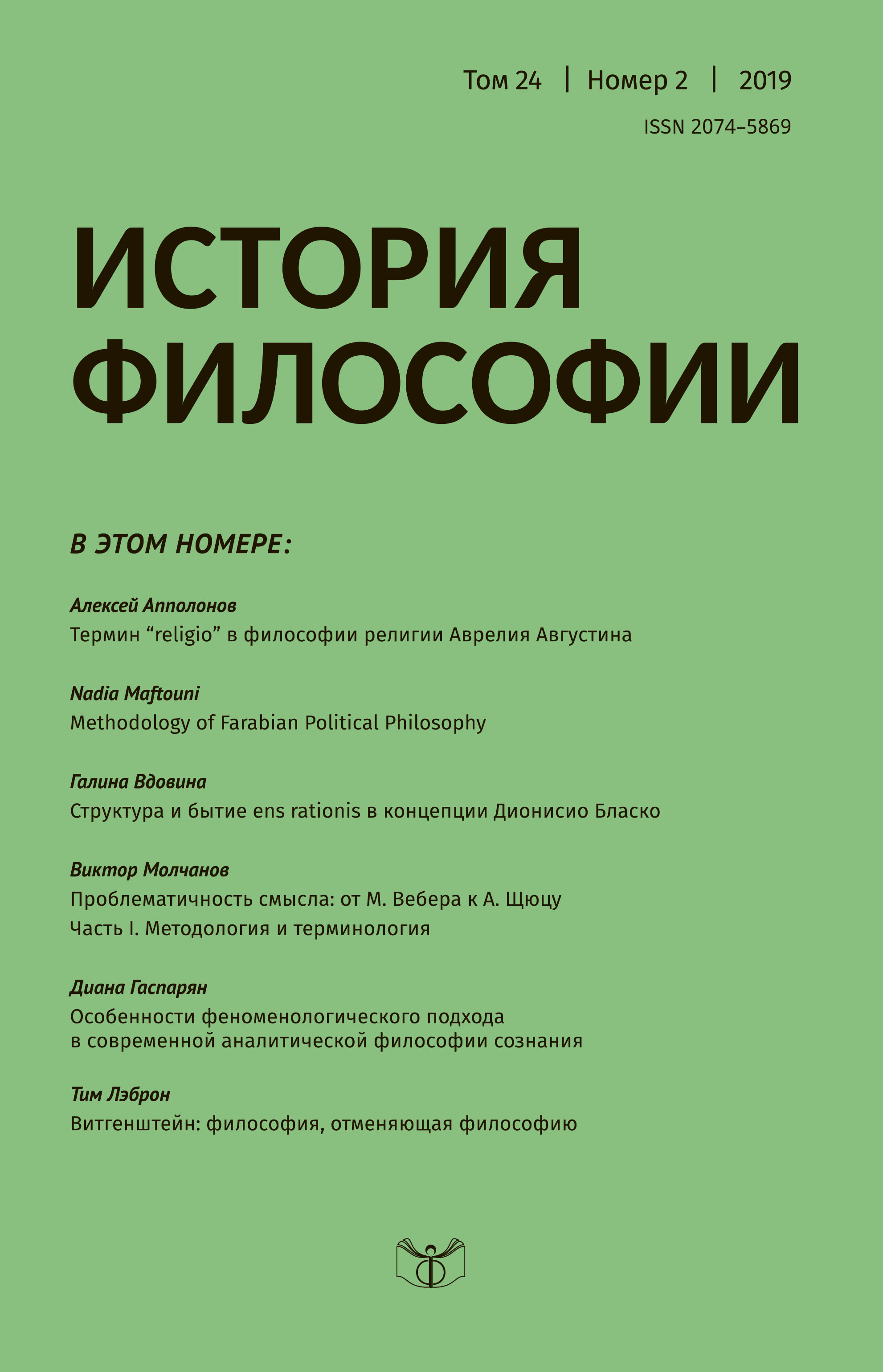The Notion of ‘Schools’ in Early Buddhism
DOI:
https://doi.org/10.21146/2074-5869-2019-24-2-5-19Keywords:
early Buddhism, school, nikāya, āсāriyavāda, paramparā, heresy, orthodoxy, sammadiṭṭhi, community, saṃgha, вAbstract
This paper deals with the notion of ‘school of early Buddhism’ and aims to answer the following
question: What constituted a ‘school’ of early Buddhism? The author attempts to recon -
struct the basic concept of a ‘school’ of Buddhism in Ancient India, with the primary focus
on the detailed theoretical doctrine on schools that existed in early Buddhism. This does not
directly involve the classic doctrine on 18 early Buddhist schools. The paper consists of sev -
eral parts those deal with the following issues: ways to denote a ‘school’ in Pāli; the existence
of heresy and orthodoxy in early Buddhism; reasons for the creation of schools of early Buddhism.
The core concepts here are ācariyavāda (Skr. ācaryāvāda) - ‘the doctrine of teachers’;
nikāya – ‘a branch’, ‘a school’; and paraṃparā- the ‘[tradition of relaying sacred texts] by
one to another]’. The author finds that the decisive factor in assessing whether a particular
school’s teachings were in line with the Buddhist Dhamma or not, was whether these teach -
ings were judged ‘true’ (Pāli: samma-diṭṭhi; Skr. samyag-dṛṣṭi) or ‘wrong’ (Pāli: micchādiṭṭhi,
Skr. mithyā-dṛṣṭi). The in-depth analysis of these issues helps explain how the single
community of Buddhists (or saṃgha) functioned within the context of multiple co-existing
and equal doctrines on various philosophical and religious subjects and multiple interpreta -
tions thereof. This research is based on original canonical early Buddhist texts.

